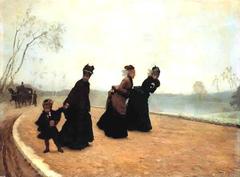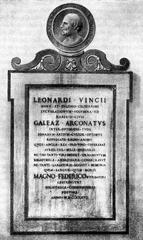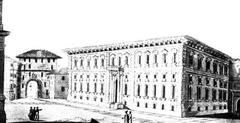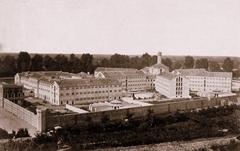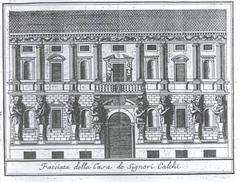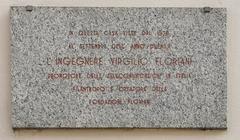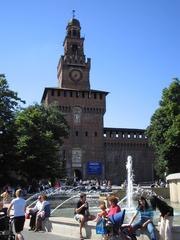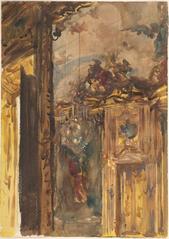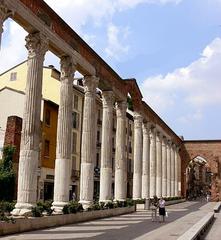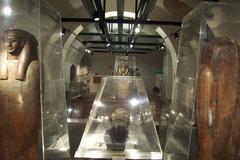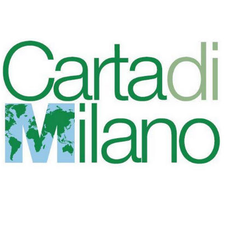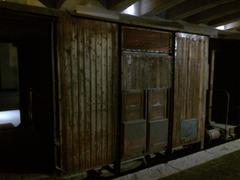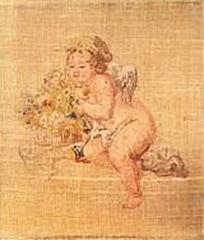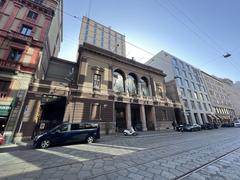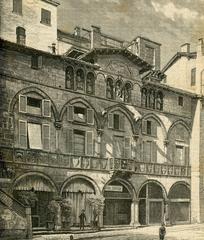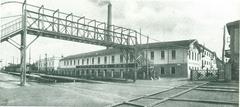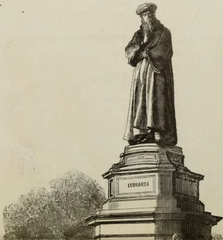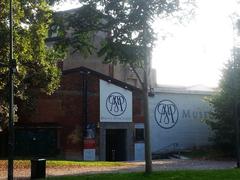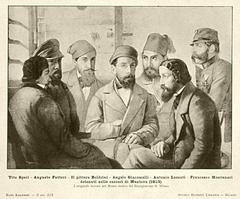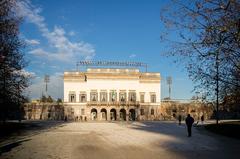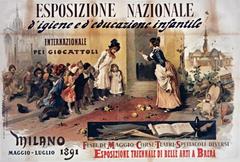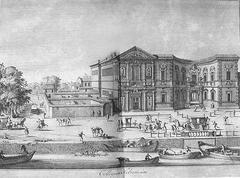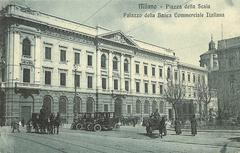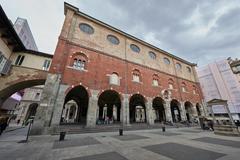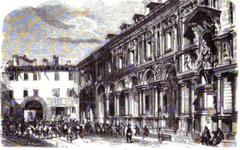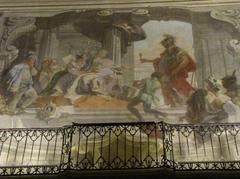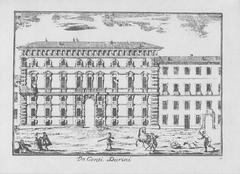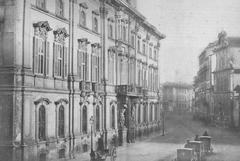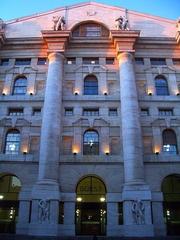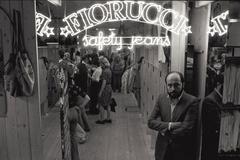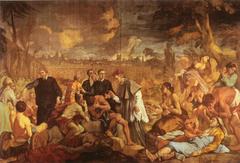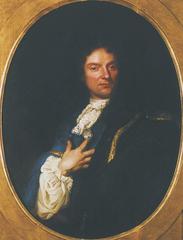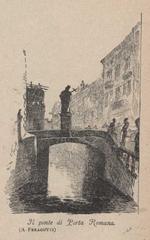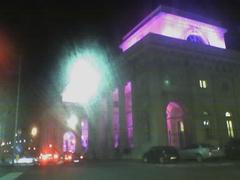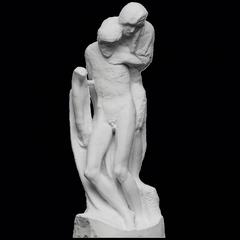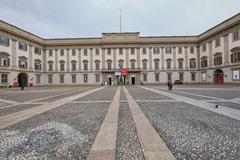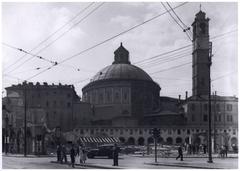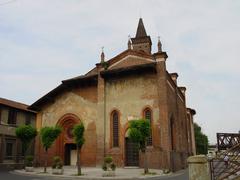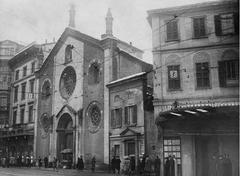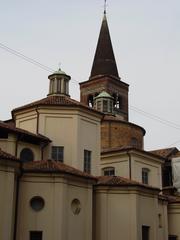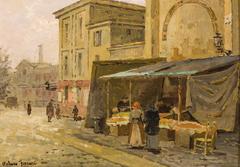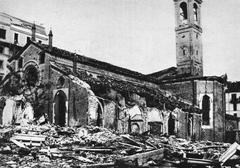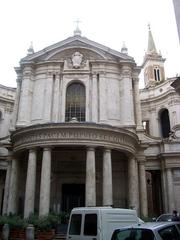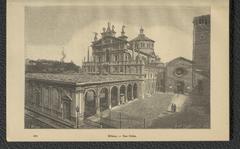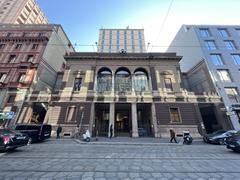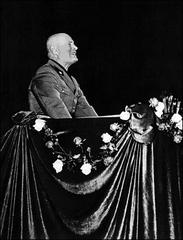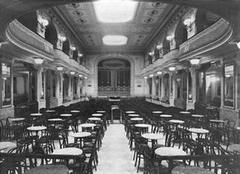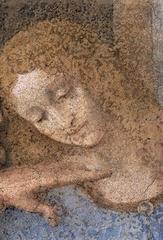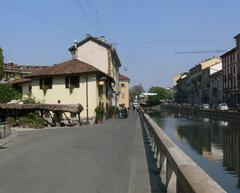Visiting Villa Imperiale in Milan: Hours, Tickets, and Tips
Date: 31/07/2024
Introduction
Villa Imperiale, situated in the heart of Milan, Italy, stands as a testament to the opulence and grandeur of the Italian Renaissance. This historical gem offers a unique blend of architectural marvels, artistic treasures, and lush gardens, making it a must-visit destination for history enthusiasts, art lovers, and tourists alike. Initially constructed during the Renaissance period, the villa has been meticulously preserved to maintain its historical integrity, offering a glimpse into the lifestyle of the Italian aristocracy (source). The villa’s architecture is a harmonious blend of Renaissance and Baroque styles, featuring intricate frescoes, grand staircases, and expansive gardens that captivate visitors with their beauty and historical significance. Whether you are interested in exploring its rich history, marveling at its artistic masterpieces, or simply enjoying the serene gardens, Villa Imperiale promises an unforgettable experience.
Table of Contents
- Introduction
- History and Significance
- Architectural and Artistic Highlights
- Visitor Information
- Nearby Attractions
- Restoration and Preservation
- Visitor Experience
- FAQ
- Conclusion
History and Significance
Origins and Early History
The Villa Imperiale served as the residence of the Sforza family in the 15th century. The villa’s name, “Imperiale,” is derived from Emperor Frederick III of Habsburg, who, during his journey to Rome in 1468, stopped in Pesaro and likely laid the foundation stone of the building (source).
Architectural Evolution
The initial construction is attributed to Giorgio Orsini from Sibenik. Significant expansions and artistic enhancements occurred in the 16th century under the Della Rovere dukes, with renowned Urbino architect Girolamo Genga designing a new wing featuring terraced architecture harmonizing with the natural slope of the San Bartolo hill (source).
Artistic Significance
The villa houses works by prominent Mannerist artists such as Dosso and Battista Dossi, Camillo Mantovano, Raffaellino del Colle, Bronzino, and Francesco Menzocchi, contributing to its rich collection of frescos and paintings (source).
Historical Transitions
From 1631 until the 19th century, the villa changed hands several times, eventually coming under the ownership of the Albani and Castelbarco families. Extensive renovations by the Albani family in the late 19th century preserved its historical and architectural integrity (source).
Cultural and Political Role
The Villa Imperiale was a center of intellectual and artistic activity, with the Della Rovere court known for its patronage of the arts and vibrant cultural life (source).
Architectural and Artistic Highlights
Key highlights include the suspended passageway connecting the older 15th-century Sforza villa with the newer Della Rovere wing and the frescos commissioned by the Della Rovere dukes in the 1500s. The villa’s terraced gardens and classical architectural elements are quintessential examples of Renaissance art and architecture (source).
Visitor Information
Visiting Hours and Tickets
The Villa Imperiale is open to the public during the summer months from May 15 to October 2, every Wednesday afternoon and Saturday morning, by reservation only. Guided tours are conducted by Isairon, a tour guide association from the province of Pesaro and Urbino (source). Visitors can book tours through the villa’s official website or affiliated tour operators.
Travel Tips and Accessibility
The villa is located in the Colle San Bartolo Park, offering a serene backdrop. Visitors are advised to wear comfortable walking shoes due to the terraced gardens and uneven surfaces. The site may have limited accessibility for those with mobility issues, so it is recommended to contact the villa in advance for specific accessibility arrangements.
Nearby Attractions
Visitors to the Villa Imperiale may also enjoy exploring nearby attractions in Pesaro, such as the Rocca Costanza, the Pesaro Cathedral, and the Museo Nazionale Rossini, dedicated to the famous composer Gioachino Rossini.
Restoration and Preservation
The Albani family’s restoration work in the late 19th century was crucial in preserving the villa. An inscription on the external facade commemorates these efforts: “AEDES MEMORIA INSIGNES AEVO LABENTES IN INTEGRUM RESTITUITAE ANNO MCMIII,” translating to “The house, distinguished by memory, falling into ruin over time, was restored to its entirety in the year 1903” (source).
Visitor Experience
Guided tours provide in-depth insights into the villa’s history, architecture, and art. The villa’s setting in Colle San Bartolo Park enhances the historical ambiance, offering a picturesque backdrop (source).
FAQ
What are the visiting hours for Villa Imperiale? The villa is open from May 15 to October 2, every Wednesday afternoon and Saturday morning, by reservation only.
How do I book a tour of Villa Imperiale? Tours can be booked through the villa’s official website or affiliated tour operators.
Are there any special events at Villa Imperiale? Yes, the villa hosts private events, work meetings, conventions, gala dinners, and weddings.
Conclusion
The Villa Imperiale in Pesaro stands as a testament to the artistic and architectural achievements of the Italian Renaissance. Its rich history, cultural significance, and ongoing preservation efforts make it a must-visit destination for anyone interested in this remarkable period. Plan your visit today and immerse yourself in the grandeur of Renaissance Italy.
References
- Villa Imperiale Pesaro, 2024, Villa Imperiale source
- Isairon, 2024, Villa Imperiale source
- Azure Magazine, 2024, Plus Ultra: Villa Imperiale source
- YesMilano, 2024, Milan Convention Bureau source
- The Tour Guy, 2024, Best Tours of Milan source
- Travel and Leisure, 2024, Best Things to Do in Milan source
- Savoring Italy, 2024, Milan Travel Guide source
- Milano Explorer, 2024, Milan Must-See Historical Landmarks source
- Easy Travel 4U, 2024, Safest Areas to Stay in Milan source

